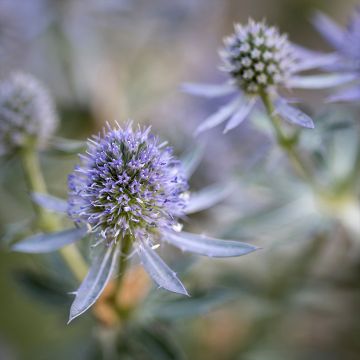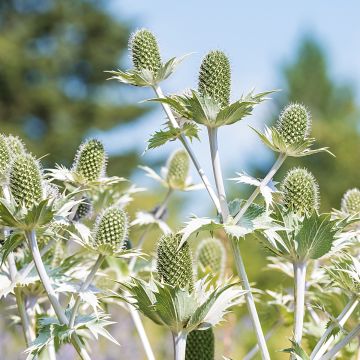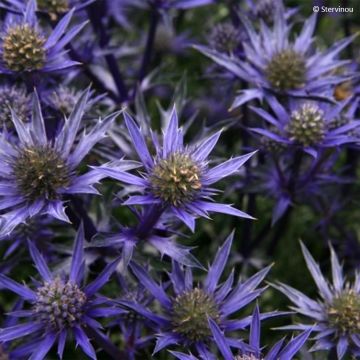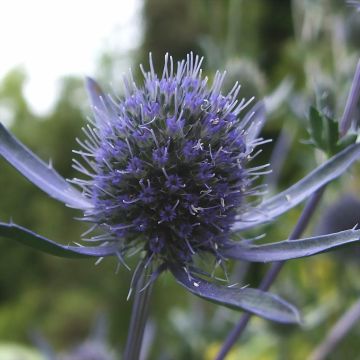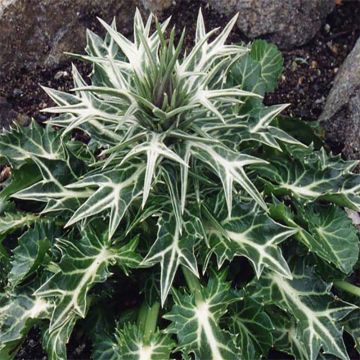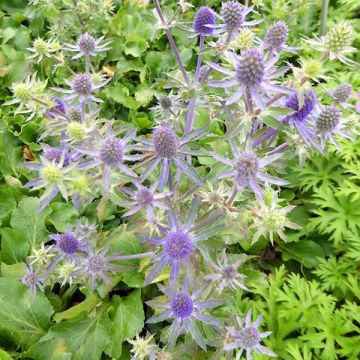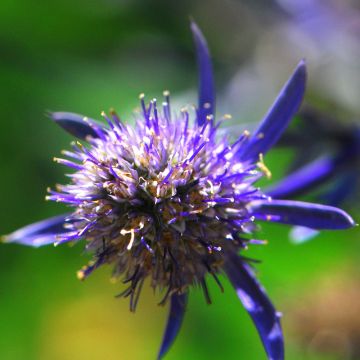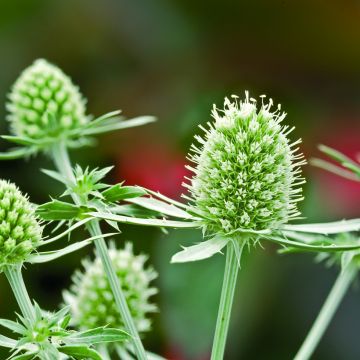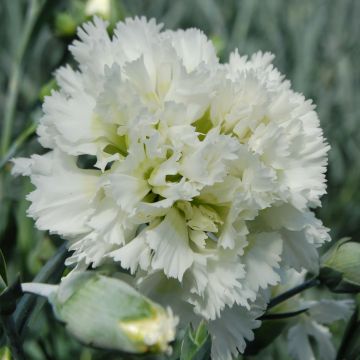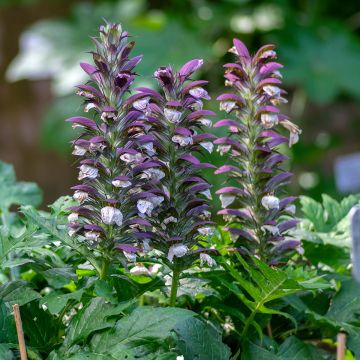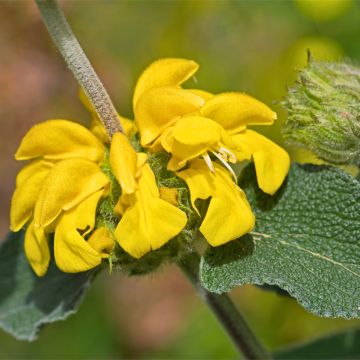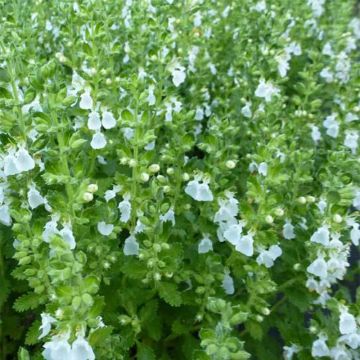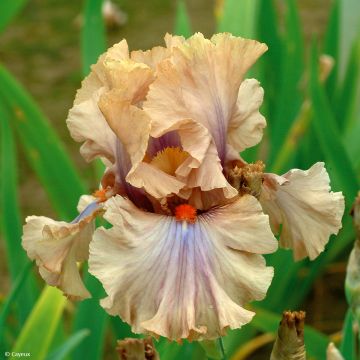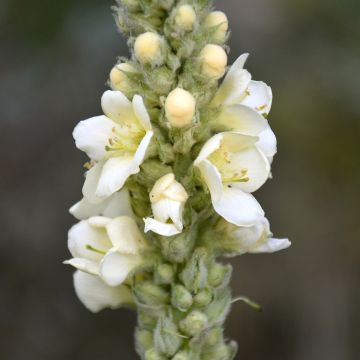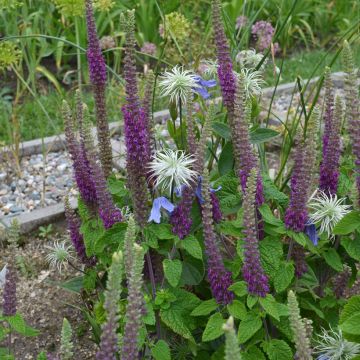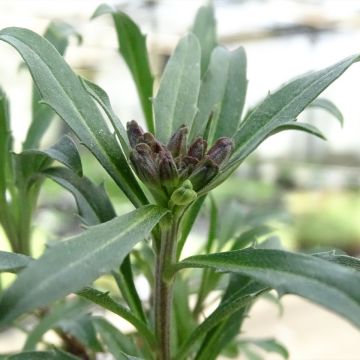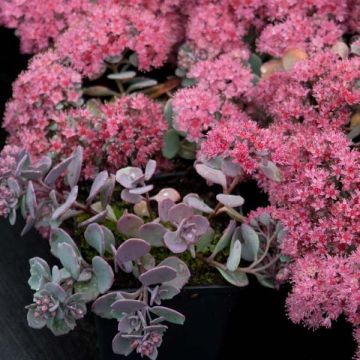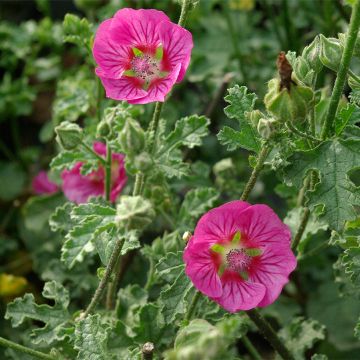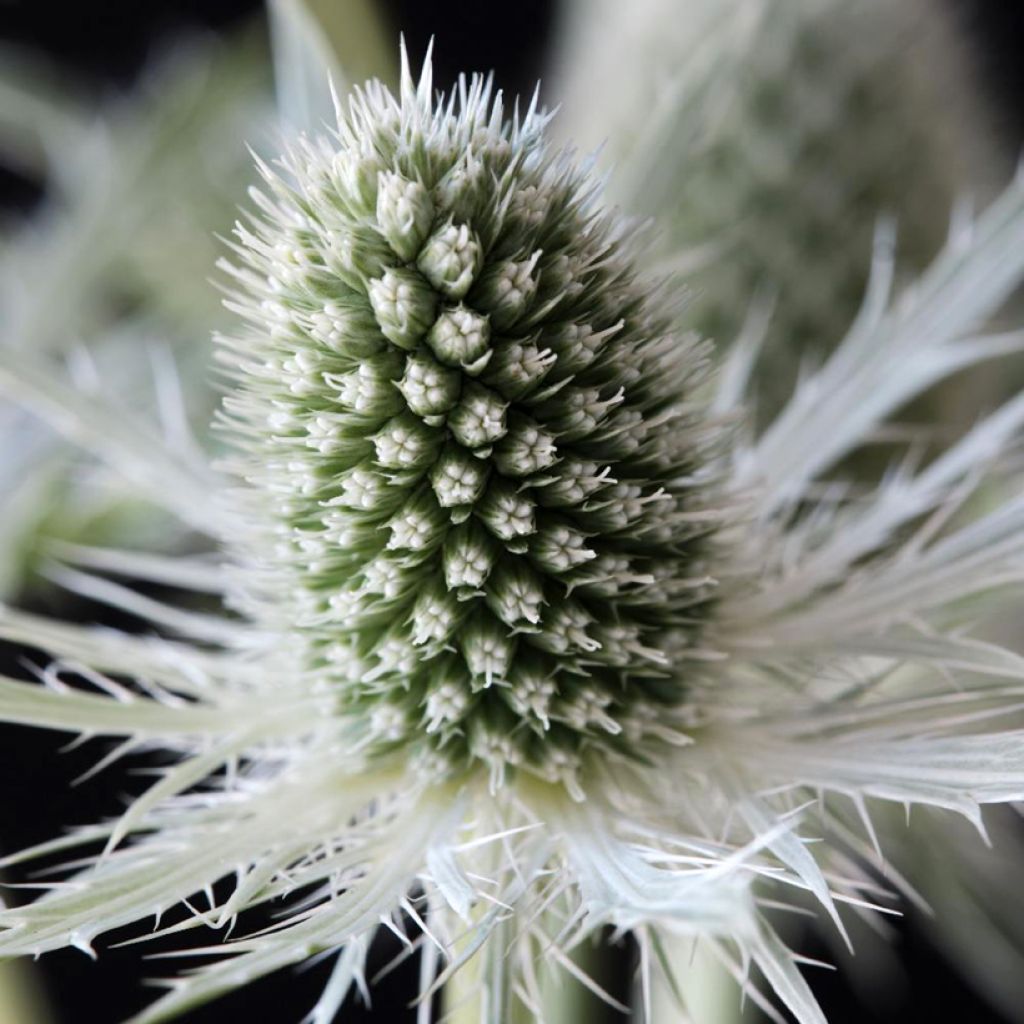

Eryngium planum Magical White Lagoon - Eryngium planum White Glitter seeds - Flat Sea Holly
Eryngium planum Magical White Lagoon - Eryngium planum White Glitter seeds - Flat Sea Holly
Eryngium planum
Blue Eryngo, Flat Sea Holly, Blue Sea Holly
This plant carries a 12 months recovery warranty
More information
We guarantee the quality of our plants for a full growing cycle, and will replace at our expense any plant that fails to recover under normal climatic and planting conditions.
From €5.90 for pickup delivery and €6.90 for home delivery
Express home delivery from €8.90.
Does this plant fit my garden?
Set up your Plantfit profile →
Description
Eryngium planum Magical White Lagoon® is a sea holly or blue thistle with captivating green and silvery tones. It is a deciduous perennial plant that thrives in dry, rocky, and poor soil, with spiny silver-green foliage. In summer, it produces green and silvery white cone-shaped flowers on its strong silver stems, radiating light and captivating reflections, nestled within bristly bracts. Over time, the colour intensifies and spreads along the stems. This plant has an architectural and highly decorative structure, perfect for sunny rockeries and borders. Its flowers also look beautiful in fresh or dried bouquets.
Eryngium planum (synonymous with Eryngium armatum), commonly known as the flat sea holly, belongs to the Apiaceae family, like celery and carrots. It is a perennial herbaceous plant with a root system originating from the mountains of central Europe. In the wild, it thrives in dry, sunny locations with well-drained gravelly or sandy soil.
With an upright and bushy habit, Magical White Lagoon quickly reaches around 90 cm in height and 40 cm in spread. Its base forms a rosette of petiolate basal leaves, ovate with heart-shaped bases, thick, toothed, silvery green, glossy, and evergreen in winter. Tall, silver-colored, branched stems, adorned with a few small spiny leaves without petioles, rise from the basal rosettes. Flowering occurs between June and August at the ends of these branches. The blooms appear as ovoid green inflorescences of 2 cm in diameter, composed of numerous tiny silvery white flowers, surrounded at the base by thin, metallic-reflecting, toothed bracts. This flowering phase attracts many pollinating insects. It readily self-seeds in light, well-drained soils.
Eryngium planum Magical White Lagoon® is a relatively short-lived perennial plant, especially in fertile, moist soil, but it self-seeds naturally in favourable conditions. It looks stunning paired with Lychnis coronaria, grasses (Stipa, Carex comans, Muhlenbergia), catmints, and shrubby salvias, but also complements well with roses, hollyhocks, love-in-a-mist, cosmos, or tall mulleins in dry gardens. A plant to admire in a cottage-style border, for the allure of its colour and somewhat futuristic look.
Flowering
Foliage
Plant habit
Botanical data
Eryngium
planum
Apiaceae
Blue Eryngo, Flat Sea Holly, Blue Sea Holly
Cultivar or hybrid
Other Eryngium - Eryngo
Planting and care
In the wild, Eryngium planum is almost always found in uncultivated places, dry and stony hillsides, flooded with sun, even limestone. There, it hardly exceeds 60 cm in height and does not collapse, unlike it sometimes does in the fertile and moist soils of gardens. Similarly, its colouring will be accentuated in poor and dry soils. If it does not live very long, this sea holly will easily self-seed in light soil. It is best to plant Magical White Lagoon in very well-drained soil, possibly enriched with pebbles and gravel, to help it withstand wet and cold winters, although it is very hardy: its roots can rot in damp and frozen soil.
Planting period
Intended location
Care
This item has not been reviewed yet - be the first to leave a review about it.
Mediterranean perennials
Haven't found what you were looking for?
Hardiness is the lowest winter temperature a plant can endure without suffering serious damage or even dying. However, hardiness is affected by location (a sheltered area, such as a patio), protection (winter cover) and soil type (hardiness is improved by well-drained soil).

Photo Sharing Terms & Conditions
In order to encourage gardeners to interact and share their experiences, Promesse de fleurs offers various media enabling content to be uploaded onto its Site - in particular via the ‘Photo sharing’ module.
The User agrees to refrain from:
- Posting any content that is illegal, prejudicial, insulting, racist, inciteful to hatred, revisionist, contrary to public decency, that infringes on privacy or on the privacy rights of third parties, in particular the publicity rights of persons and goods, intellectual property rights, or the right to privacy.
- Submitting content on behalf of a third party;
- Impersonate the identity of a third party and/or publish any personal information about a third party;
In general, the User undertakes to refrain from any unethical behaviour.
All Content (in particular text, comments, files, images, photos, videos, creative works, etc.), which may be subject to property or intellectual property rights, image or other private rights, shall remain the property of the User, subject to the limited rights granted by the terms of the licence granted by Promesse de fleurs as stated below. Users are at liberty to publish or not to publish such Content on the Site, notably via the ‘Photo Sharing’ facility, and accept that this Content shall be made public and freely accessible, notably on the Internet.
Users further acknowledge, undertake to have ,and guarantee that they hold all necessary rights and permissions to publish such material on the Site, in particular with regard to the legislation in force pertaining to any privacy, property, intellectual property, image, or contractual rights, or rights of any other nature. By publishing such Content on the Site, Users acknowledge accepting full liability as publishers of the Content within the meaning of the law, and grant Promesse de fleurs, free of charge, an inclusive, worldwide licence for the said Content for the entire duration of its publication, including all reproduction, representation, up/downloading, displaying, performing, transmission, and storage rights.
Users also grant permission for their name to be linked to the Content and accept that this link may not always be made available.
By engaging in posting material, Users consent to their Content becoming automatically accessible on the Internet, in particular on other sites and/or blogs and/or web pages of the Promesse de fleurs site, including in particular social pages and the Promesse de fleurs catalogue.
Users may secure the removal of entrusted content free of charge by issuing a simple request via our contact form.


































